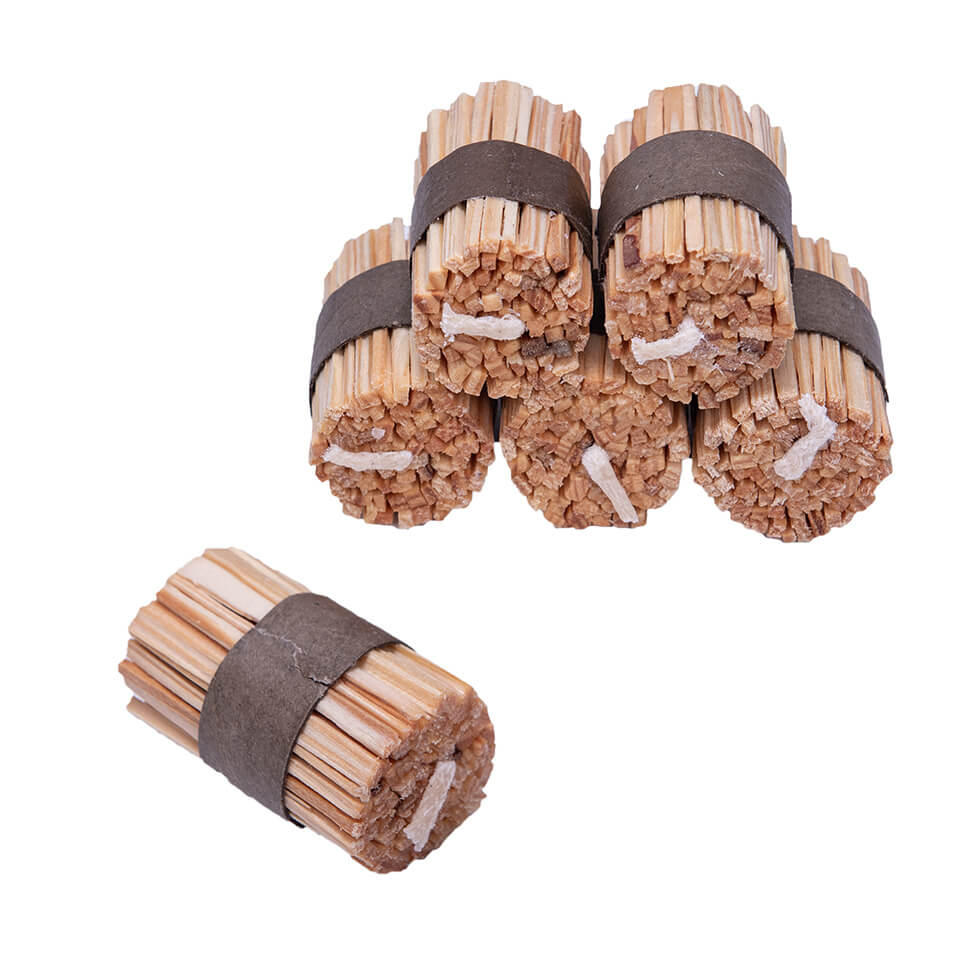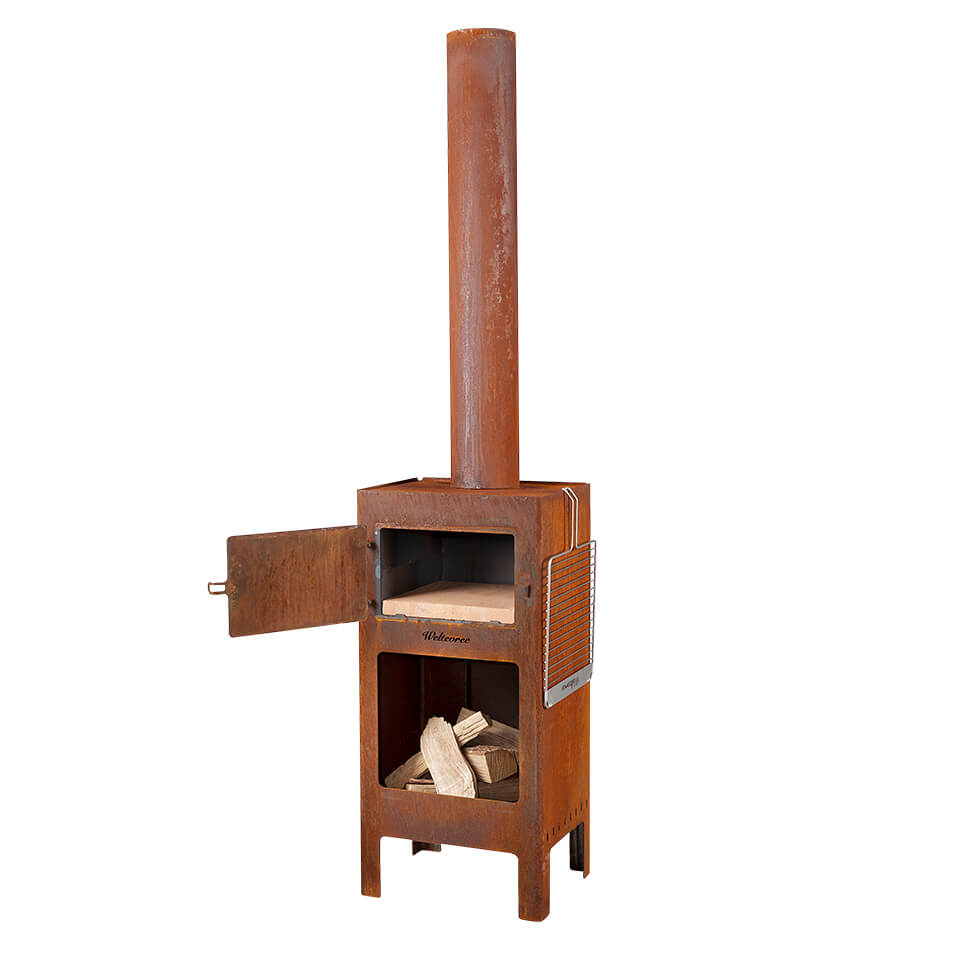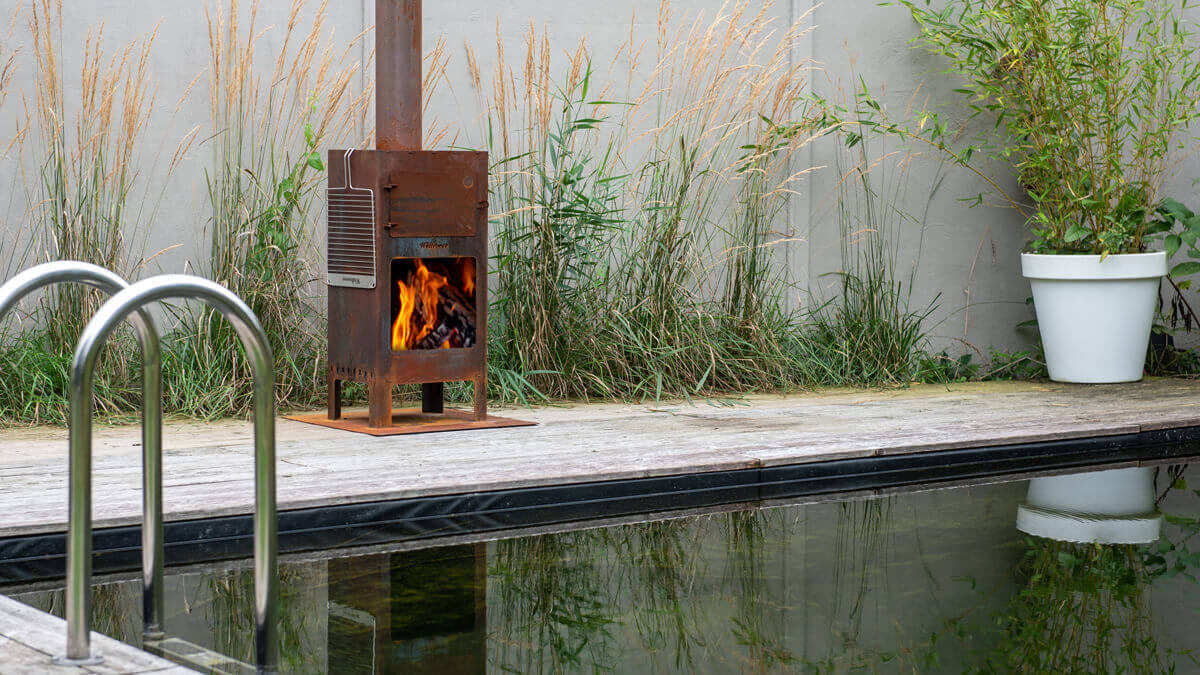
Comment faire : Faire du feu de bois avec un impact minimal sur votre environnement
The Weltevree Outdooroven and Dutchtub offer heat and comfort outdoors. In exchange, all they ask for is firewood. Using wood as a heat source is an environmentally conscious choice since it is a renewable resource. However, you do need to make sure you’re burning the wood the right way. When done correctly, you can enjoy a fire with minimal impact on your environment. In this article you’ll find tips on how to build a fire in an efficient and environmentally friendly manner.
The drier, the better
First of all: make sure the wood is dried properly. You’ll recognize it by the bark coming off easily and deep radius cracks showing. You can also check with a humidity meter: 15 to 20% is an acceptable humidity level in wood. Too moist or fresh (green) wood does not burn efficiently. It also causes harmful smoke nuisance. If you prefer to chop your own wood, do so in early spring or summer. This way it has six to nine months to dry before winter. It is best to leave it to dry for almost two years, so make sure you plan ahead.
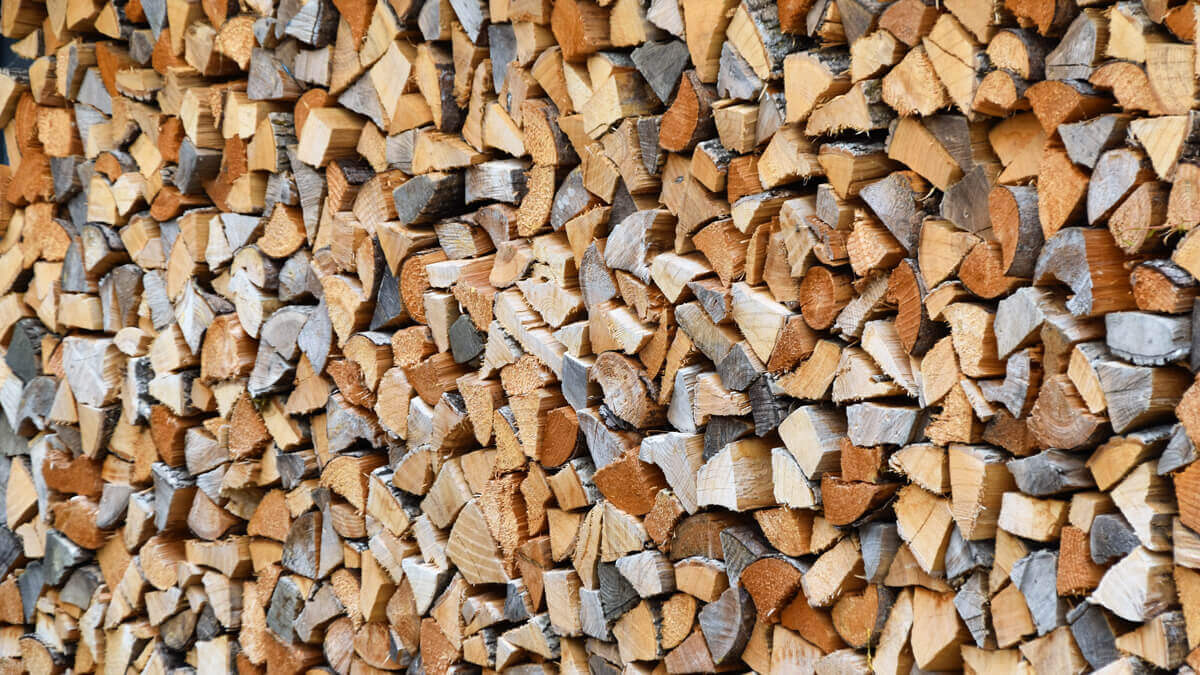
Choose your firewood
Deciduous trees provide wood with the best firewood qualities. Berch, beech, ash or oak are good options. There is even FSC-certified firewood available: this certification lets you know that the wood you’re using comes from a forest that is managed responsibly.
Pine wood is very resinous and causes sparks. It also contains more creosote, which causes a build-up in the chimney when burned. This is a potential hazard for indoor stoves and fireplaces but also limits the efficiency of your Outdooroven. Never burn treated or painted wood and composite wood products like plywood or chipboard, because they release harmful chemicals and toxics when burned. Also refrain from throwing paper, cardboard or trash in the fire.
Mind the weather
No weather conditions should stop you from enjoying the outdoors. But if the weather conditions are not optimal, a fire can cause a lot of nuisance. Therefore, do not light a fire on a misty day or when there is no wind. Any pollution or smoke caused by the fire will linger much longer. Always check the current weather and air quality to make sure you are good to go.
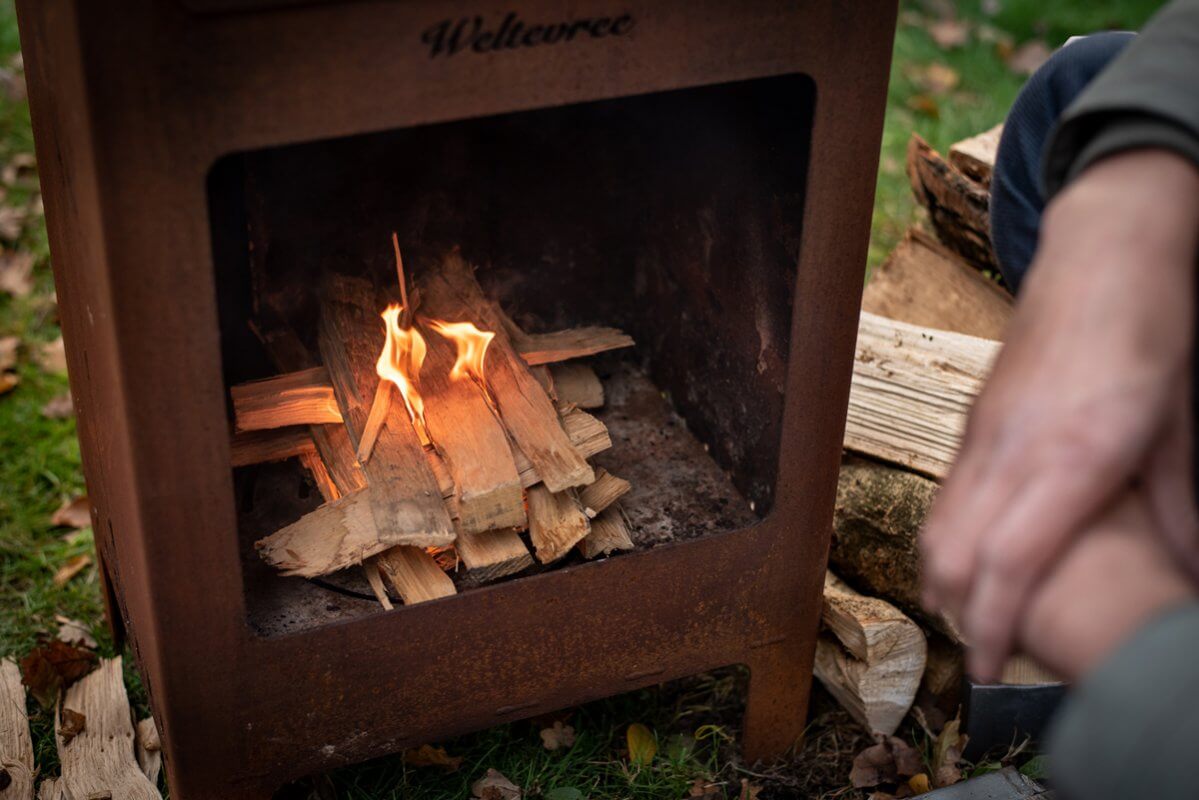
Apply ‘the Swiss method’
Traditionally, it was recommended to build up a fire in a so-called ‘thin-to-thick’ manner. But not too long ago, Swiss research has shown that we should be building our fires the other way around in a more ‘pyramid-like’ manner: bigger logs go first, medium kindling goes in the middle and small kindling tops off the construction. Firelighters are put in between and the fire created on the top works it way down. This causes significantly less smoke and the fire burns much more efficiently. Check out our step-by-step guide for the Swiss method of fire lighting.
Keep it clean
When creating a ‘clean’ fire, you’ll need a more or less clean surface to work with. Remove ash and coal from the bottom of the Outdooroven, Dutchtub coil or any fireplace regularly, but leave a layer of about one inch. Lighting a fire in a small layer of ashes assists the combustion, enabling your fire to burn with a higher intensity. Don’t forget about the chimney when maintaining your Outdooroven or your Dutchtub Chimney (optional accessory). Use a bristle nose brush or a small chimney brush to remove any creosote build-up.

